I am working with forms in VB.NET
There is a DatagridView table with a checkbox column.
See the picture below:

I am interested in the question: how to add the line index to the list when clicking in the checkbox (when we activate the checked status), and remove it from the list when we uncheck the checkbox?
Tried the following but this is not the correct solution:
If e.ColumnIndex = chk_column.Index Then
If e.RowIndex >= 0 Then
Try
For Each row As DataGridViewRow In dataGridNames.Rows
Dim cell As DataGridViewCheckBoxCell = TryCast(row.Cells(5), DataGridViewCheckBoxCell)
If cell.Value Is cell.FalseValue Then
bList_indexes.Add(DataGridnames.CurrentCell.RowIndex)
Exit For
Else 'If cell.Value Is cell.TrueValue Then
bList_indexes.RemoveAt(DataGridnames.CurrentCell.RowIndex)
End If
Next
Catch ex As Exception
'Show the exception's message.
'MessageBox.Show(ex.Message)
'Throw New Exception("Something happened.")
End try
End If
End If
